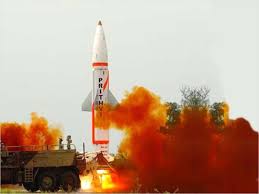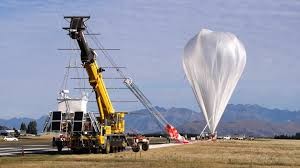Atomic Capable Prithvi-II rocket test let go from Odisha

Indigenously created atomic proficient Prithvi-II surface-to-surface rocket was effectively test-let go from a test range at Chandipur in Odisha.
Rocket test: It was completed by Strategic Force Command (SFC) from a versatile launcher at dispatch complex-III from the Integrated Test Range (ITR) at Chandipur in Odisha.
About Prithvi-II Missile: Prithvi-II is a strategic short-extend ballistic rocket (SRBM) created by indigenously by Defense Research and Development Organization (DRDO). It is the primary rocket indigenously created by DRDO under India’s prestigious Integrated Guided Missile Development Program (IGMDP).
Controlled by: Can work with both fluid and strong fuel twine motors.
Warheads: Capable of conveying 500 kg to 1,000 kg of atomic and additionally routine warheads.
Strike Range: It has strike scope of 350 km. It can evade foe rockets and uses progressed inertial direction framework with moving direction to hit its objective. It has progressed inertial route, control and direction framework. It utilizes progressed inertial direction framework with manoeuvering direction. The rocket was enlisted into Indian military in 2003.
Variations: Prithvi-I for the Indian Army; Prithvi-II for the Indian Air Forces; and the Dhanush for the Indian Navy. The last client trial of Prithvi-II was effectively directed on February 16, 2016 from the same test range in Odisha.
NASA dispatches close space checking super weight inflatable from New Zealand

The National Aeronautics and Space Administration (NASA) has effectively propelled a super weight inflatable to lead close space exploratory examinations. It was propelled from South Island Wanaka Airport, New Zealand in the fifth endeavor. Prior four endeavors to get the gigantic inflatable airborne were impeded by terrible climate.
Key actualities : The inflatable is 532,000 cubic meters and plans to stay airborne for over 100 days.
It is relied upon to circumnavigate the globe in the mid-scopes of southern side of the equator once every one to three weeks, contingent upon wind speeds in the stratosphere.
Inflatable’s operational buoy height is 33.5 kms and it will be noticeable from the beginning, at dawn and dusk in the southern half of the globe’s mid-scopes.
Its flight operations all through the mission will be controlled by NASA’s inflatable specialists at Columbia Scientific Balloon Facility and NASA’s Wallops Flight Facility, Virginia.
I’m Nitesh Brithwal Nanu , An Indian Engineer who is passionate about technology , current affairs , general Knowledge & programming . Constantly learning and experiencing new things.





Comments